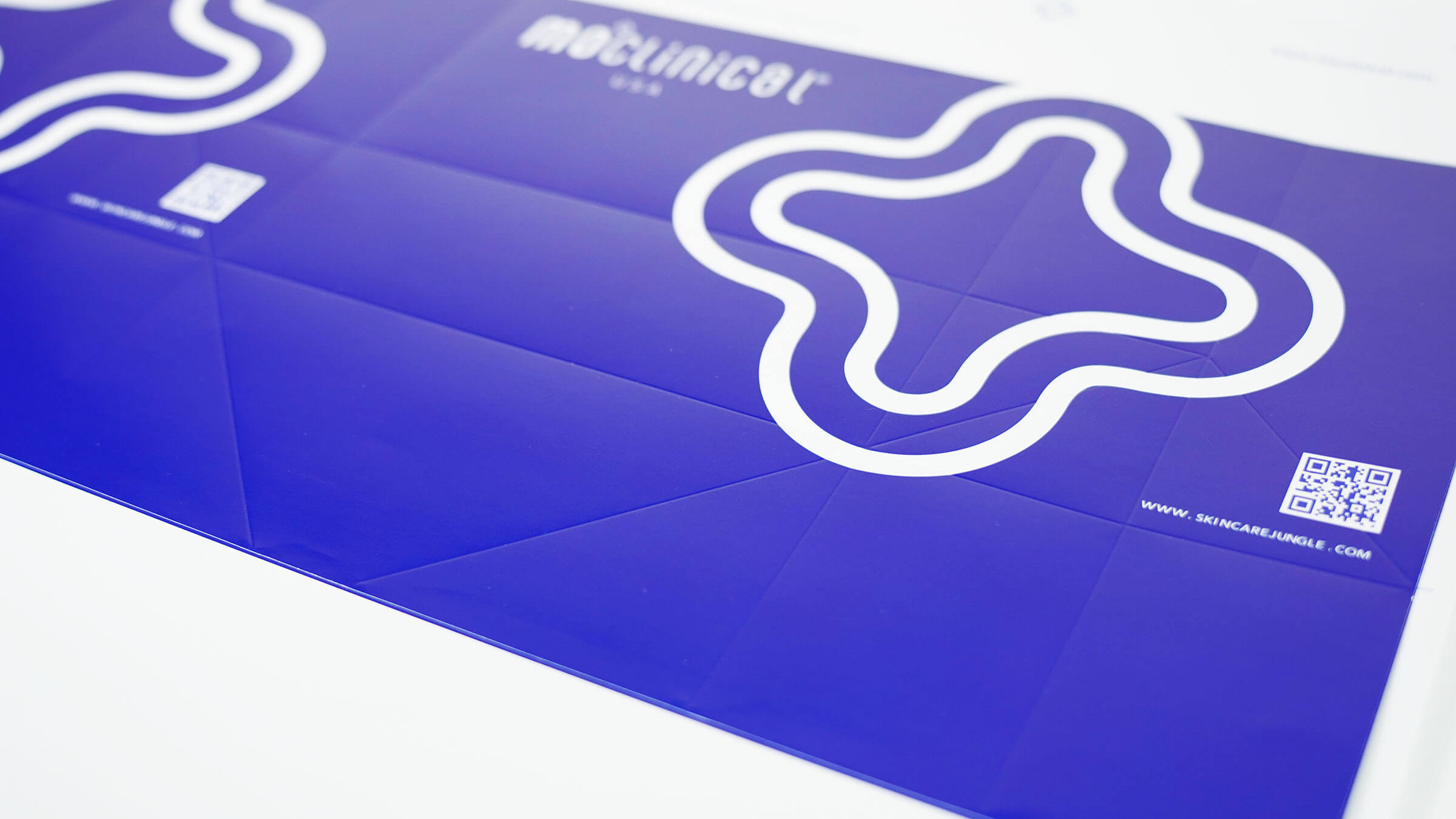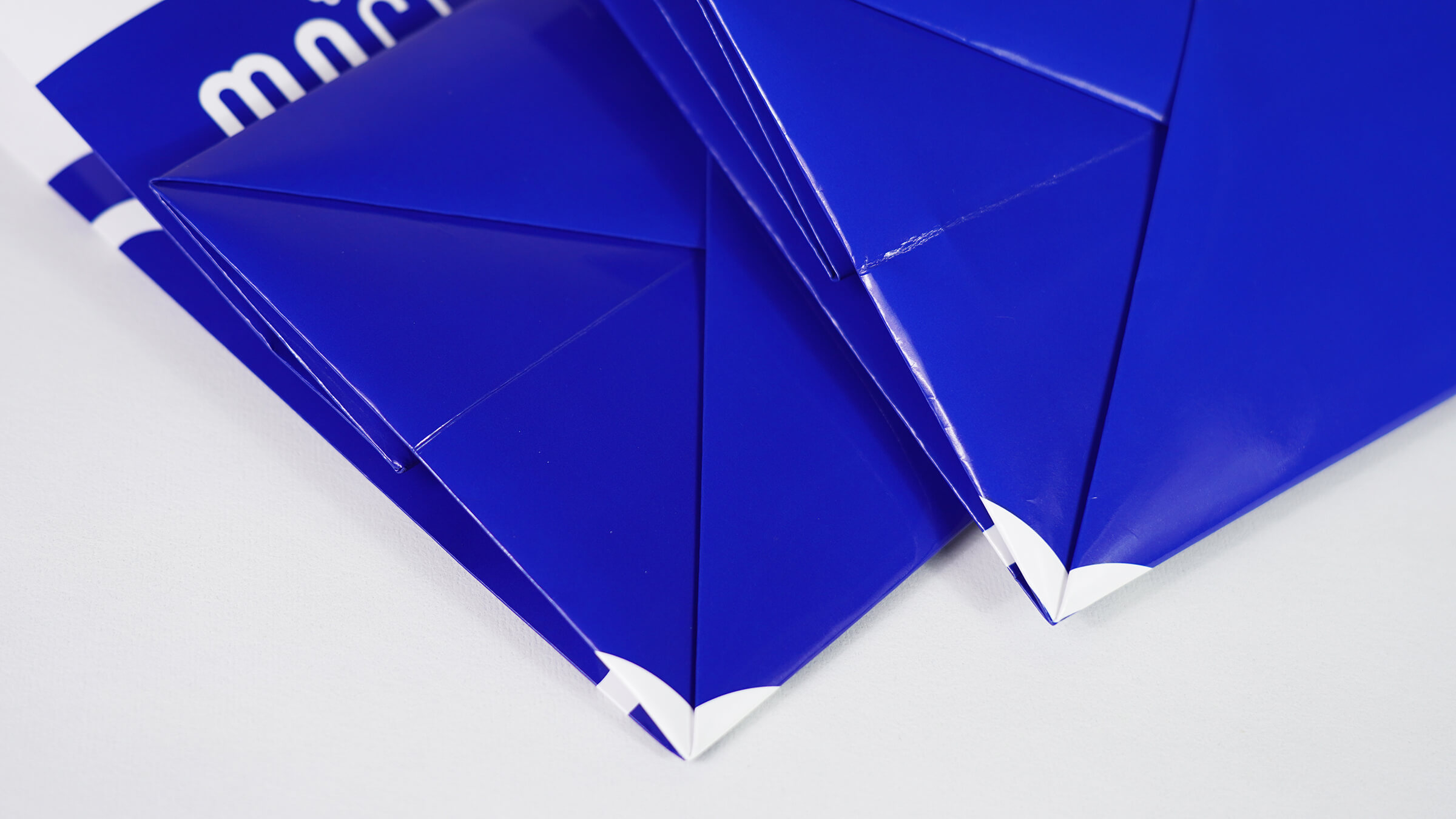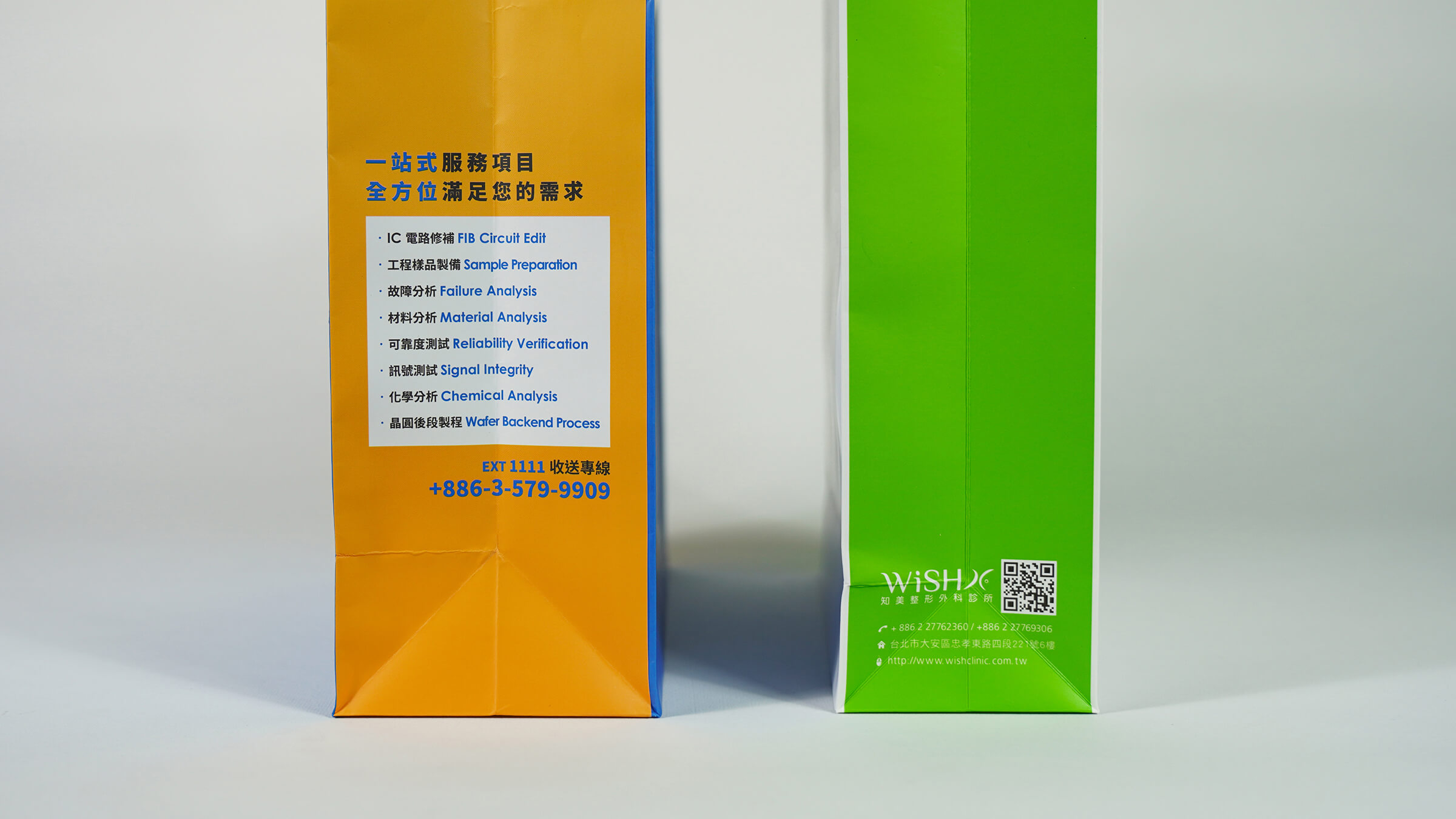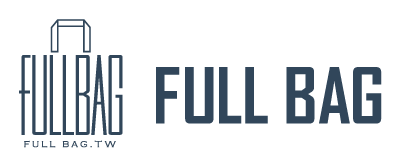Paper Bag Die-Cut Template

Die-Cutting
For handmade paper bags, die-cut creases are applied before forming,
allowing workers to fold the bag accurately along the pre-cut lines.
Advantages:Neater creases and more precise layout alignment (1–2 mm margin of error).
Disadvantages:Requires an additional die and cutting process,resulting in higher production costs.
Best For::High-end, premium paper bags that require precise layout positioning and a refined finish.

Non-Die-Cutting
For non-die-cut paper bags, workers fold the bag along the crosshair lines printed on the surface during the forming process.
Advantages:No need for a die-cut mold, reducing production costs.
Disadvantages:Creases may appear wrinkled, especially on thicker paper, resulting in a less refined appearance.
Larger margin of error in layout positioning (approximately 2–5 mm).
適用:High-volume production where cost-efficiency is the primary concern.

To meet diverse customer needs, Full Bag offers two custom paper bag options:
1.Economical Non-Die-Cut Bags – Cost-effective paper bags without the need for die-cutting.
2.Premium Die-Cut Bags – High-quality paper bags crafted with precise die-cutting for a refined finish.
When using our online quotation system, you can choose whether to include die-cutting based on your budget and desired level of craftsmanship.
(For designs with color block divisions—such as different colors on the front and sides—or when high layout precision is required, we recommend selecting die-cut bags for the best results.)
Die-Cut vs. Non-Die-Cut: Crease Comparison
Die-Cut vs. Non-Die-Cut Crease Comparison
In the diagram below, both the blue and pink paper bags show a clear difference: the left side features creases made with a die-cut mold, while the right side is folded manually. The die-cut creases are noticeably smoother with fewer irregular marks or 'lightning wrinkles.


Die-Cut vs. Non-Die-Cut: Layout Position Comparison
Die-Cut vs. Non-Die-Cut Layout Accuracy Comparison
In addition to smoother creases, die-cut bags offer significantly better layout precision. All paper bags have some margin of error during forming—manual folding typically results in a 2–5 mm deviation, while die-cutting reduces this to around 1 mm.In the image, the bag on the left (non-die-cut) shows noticeable misalignment in color block placement, while the bag on the right (die-cut) demonstrates much more accurate positioning.

